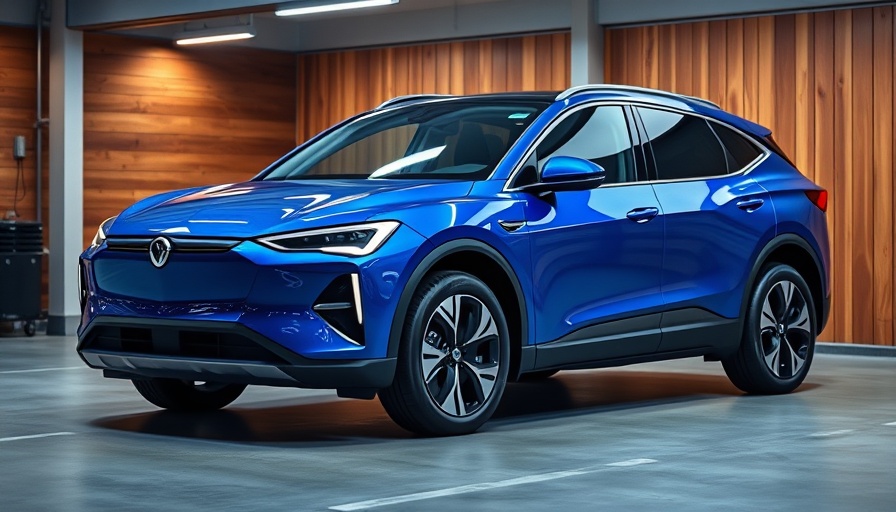
GM Faces Production Hurdles as Tax Credit Disappears
General Motors (GM) has made waves in the electric vehicle (EV) market by announcing cuts to their production levels as the crucial $7,500 tax credit for EV buyers is set to expire this month. The timing couldn't be more critical as the automotive industry increasingly pivots towards sustainable energy solutions amidst regulatory pressures and evolving consumer preferences.
The Importance of the $7,500 Tax Credit
The $7,500 tax credit has been a significant driving force behind the rising demand for electric vehicles, providing an incentive for consumers wary of the higher upfront costs associated with EVs. As this tax benefit phases out, many consumers may hesitate to purchase EVs, leading to a slowdown in sales. This situation puts GM in a precarious position, as they rely heavily on this segment to meet ambitious sustainability goals and compete with rivals like Tesla and Ford.
Historical Context: The Rise of Electric Vehicles
The landscape for EVs has transformed dramatically over the past decade. Electric vehicle sales surged in response to increasing environmental awareness, advancements in technology, and substantial government incentives. Companies like GM have heavily invested in producing EVs to align with global trends around climate change. However, with crucial incentives no longer available, manufacturers face renewed uncertainty regarding consumer interest and future investments.
Consumer Behavior and Market Trends
As consumer preferences shift, understanding how these trends affect market dynamics is vital. A study by the Consumer Electronics Association indicated that 30% of potential car buyers consider tax incentives as essential in their decision-making process. The expiration of the tax credit might lead to increased purchasing restraint among potential buyers, which could negatively impact sales forecasts and production plans in the coming months.
The Path Forward: Adapting to Changes
In light of the expired tax credit, GM’s strategy must evolve. It may include promotional efforts to educate consumers on the long-term benefits and savings associated with electric vehicles, rather than just the upfront costs. Additionally, investing in more cost-effective technologies and expanding charging infrastructure could mitigate some of these challenges.
What This Means for GM's Future
The impact of these production cuts could have a domino effect not just on GM but the entire EV market. If GM cannot sustain its production numbers, it may lead competitors to seize market opportunities. This creates an atmosphere of heightened competition, where consumer trust and brand loyalty could dictate market leadership.
A Call to Action for Consumers and the Industry
As the EV landscape transforms with changing consumer behaviors and missing incentives, it’s crucial for stakeholders—from manufacturers to consumers—to adapt accordingly. Understanding the implications of these changes can empower buyers to make informed decisions, while urging manufacturers to innovate and remain competitive. As we witness these shifts, let’s engage in discussions that shape the future of electric vehicles.
 Add Row
Add Row  Add
Add 




Write A Comment